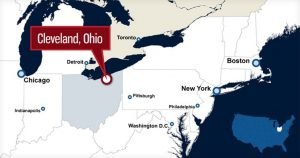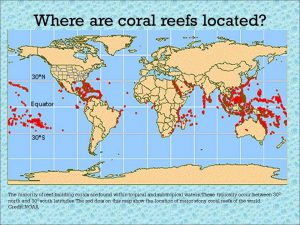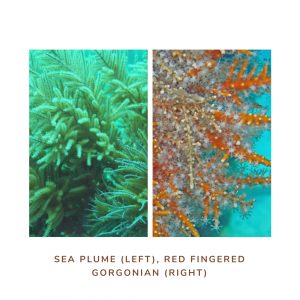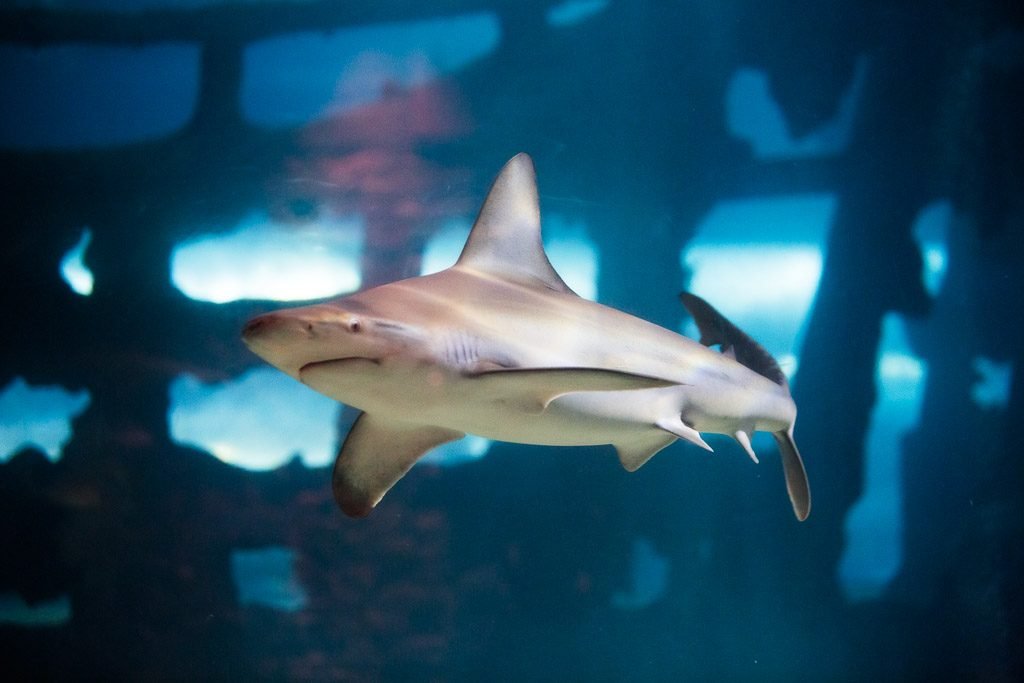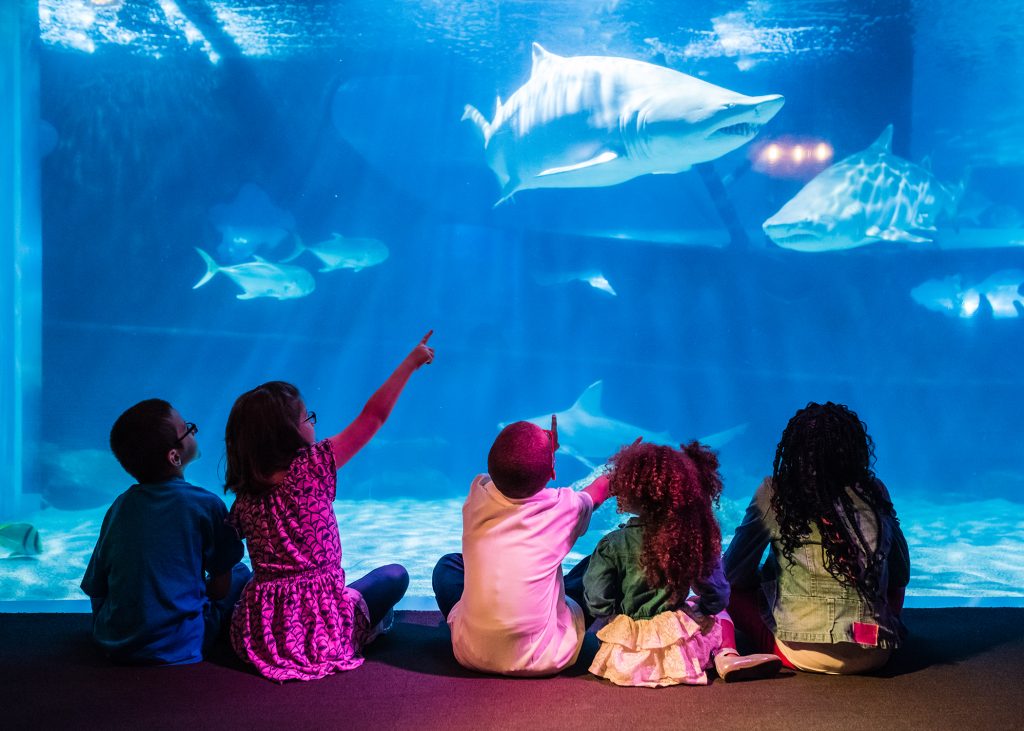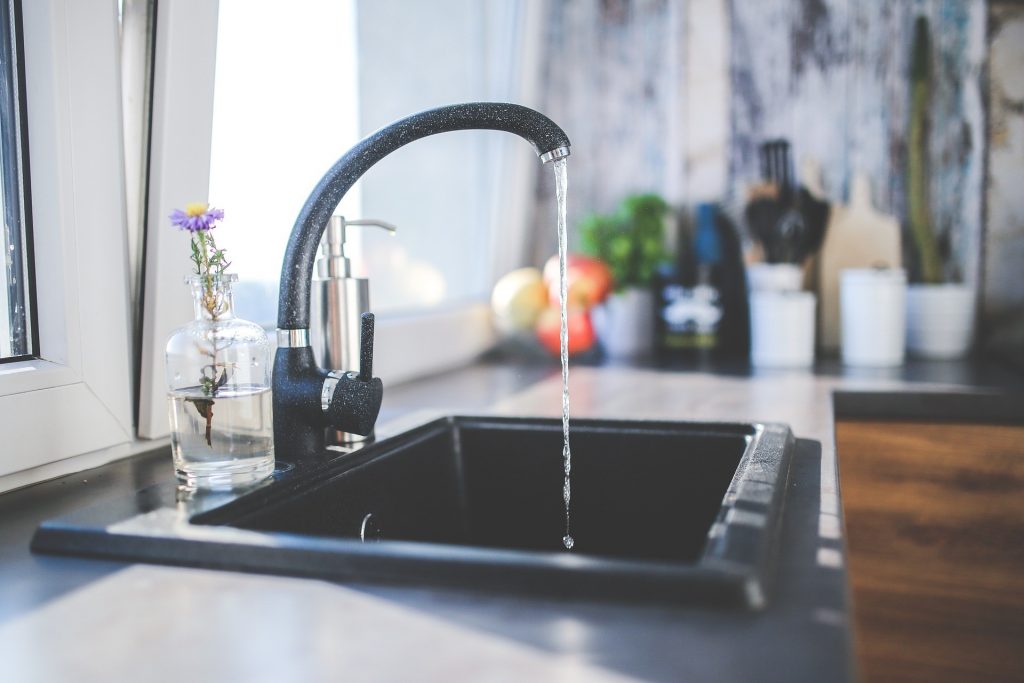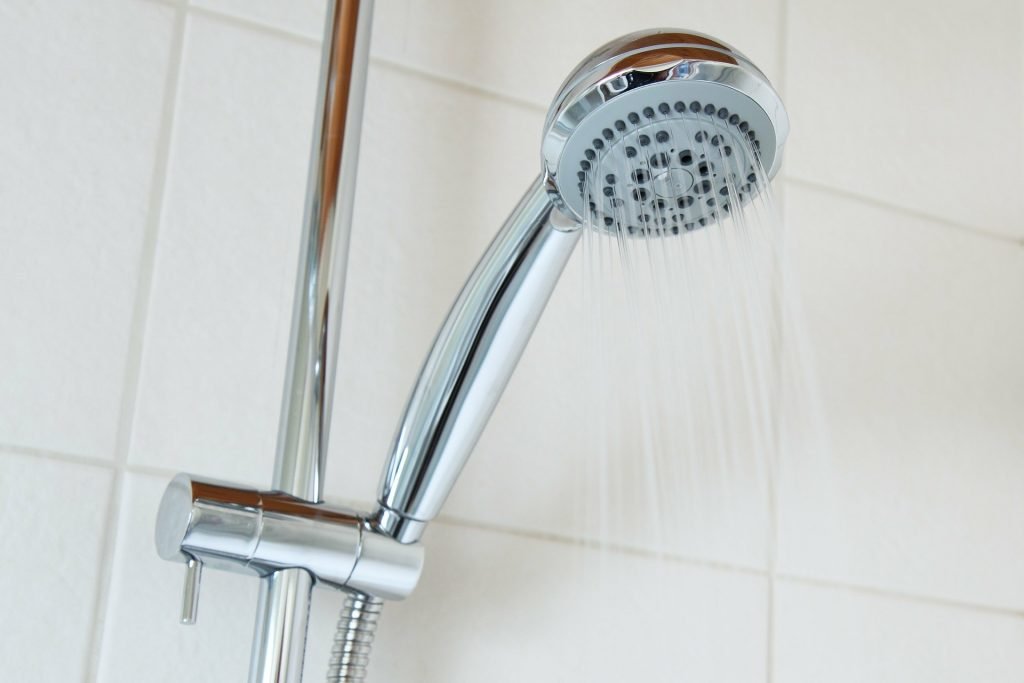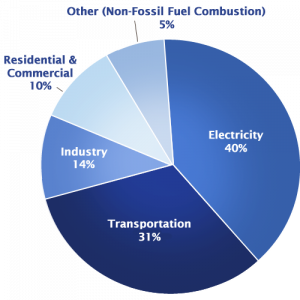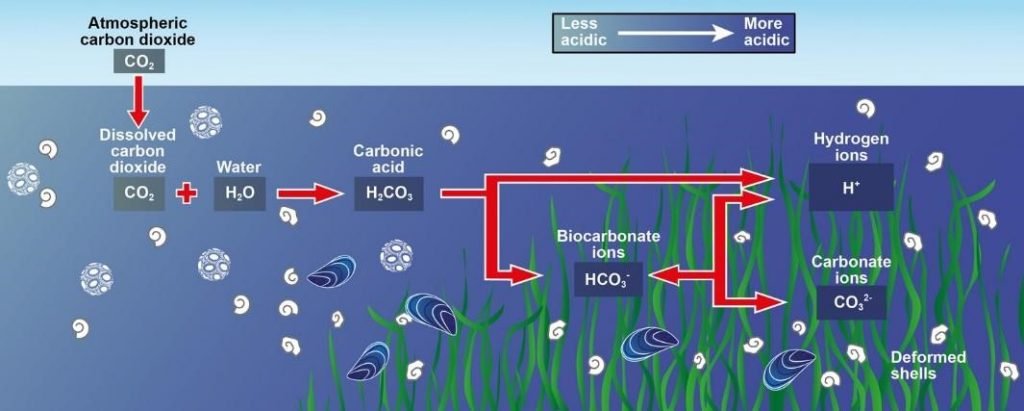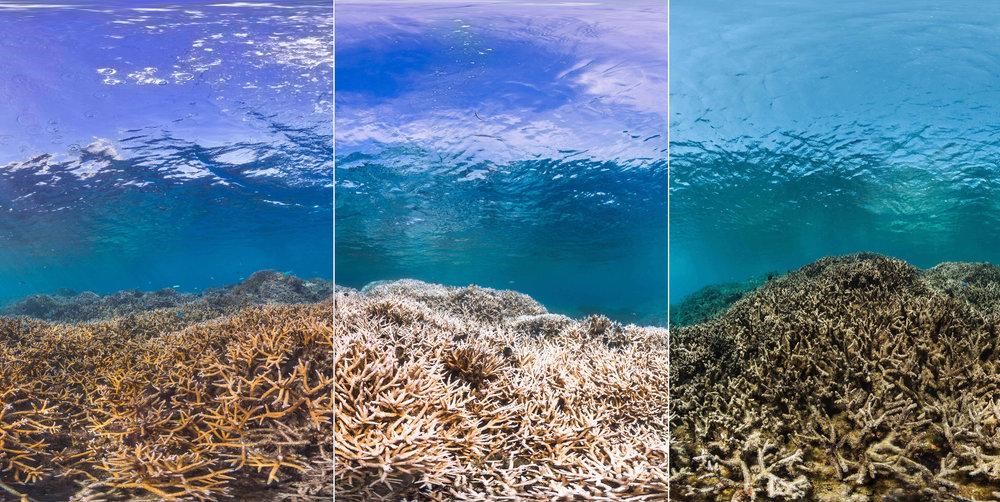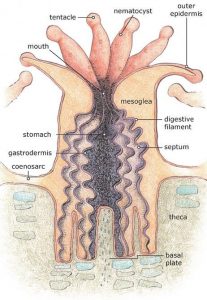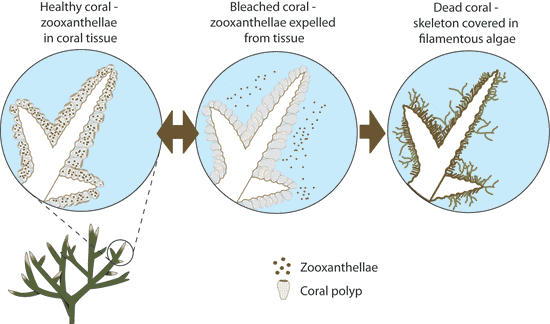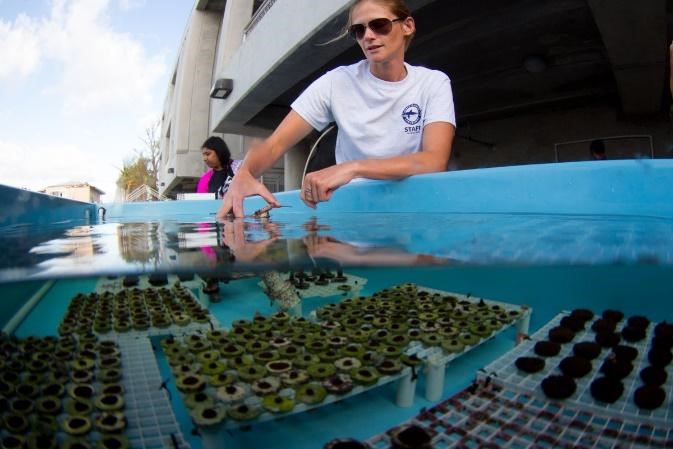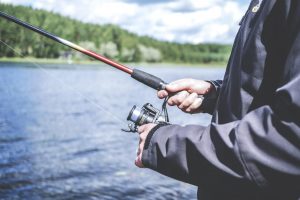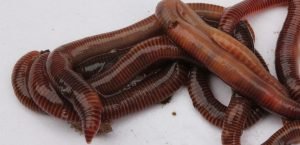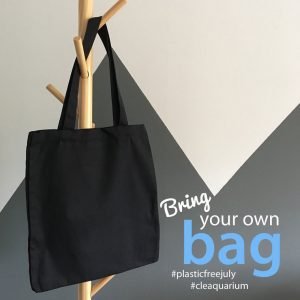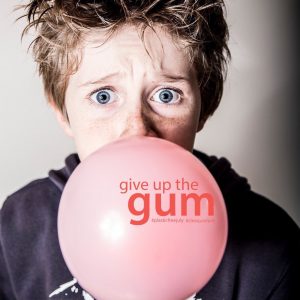Flipping the Script to Save Sharks
Think about spiders, piranhas, or snakes. Simply the sound of some animals’ names causes fear and panic. Whether it stems from tall tales or a few chance encounters, unfortunately for the animals involved, bad reputations developed over time tend to stick. Sharks might be the ultimate example of this situation. There have been many movies about sharks made over the years. A recent study from the University of Australia asserted that “almost all of these films (96%) overtly portrayed shark-human interactions as being potentially threatening to humans.” How factual and accurate have these movies been to sharks? Let’s take a closer look at a few of them.
In Jaws, Amity Island was terrorized by a Great White shark that ruined quite a few people’s vacations and the blockbuster film’s protagonists indeed ended up needing a bigger boat to catch this predator. Jaws had such an impact on our collective psyche that the reputations of Great Whites and other shark species remain affected by the movie to this day—46 years after the motion picture came out. The big myth in Jaws is that sharks specifically target humans. In truth, we simply are not on a shark’s menu. Rarely do humans and sharks come in contact, but IF they do, sharks mistaking a person for a seal or another one of their actual prey items might take an exploratory bite before quickly realizing the mistake and swimming off. A vengeful, human-seeking shark like the Great White in Jaws doesn’t occur in our oceans.
Many shark movies since Jaws have leaned into a more fictional sci-fi component, such as Deep Blue Sea, The Meg and, of course, all the Sharknado films. (They apparently made six so far?!). I hope I don’t need to let you know that no one needs to fear long extinct predators, DNA-altered sharks or waterspouts causing sharks to attack humans in the sky and on land.
But there are some movies that could seem very realistic to the average movie fan, such as The Shallows. This film finds an injured young surfer fighting for her survival in the open water while the Great White shark that bit her circles and zeroes in on its compromised target. Similarly, to Jaws, this movie portrays the shark to be following a prolonged plan of attack on our species, although on a smaller scale. Sharks don’t spend extended periods of time playing this cat-and-mouse game with prey. Many sharks like the Great White must be swimming constantly to breathe, and sharks are too smart to waste time and energy for very long before moving on to the next area or potential meal.
It’s important to know that we are not telling you to never watch another shark movie ever again. I love all kinds of movies and I know these thrillers can be fun to sit down and enjoy. We just ask to do your best in not letting television and movies fully form your opinion of animals like sharks. As apex predators, sharks are extremely important to the health of the oceans on which humans rely heavily. It’s vital that we are constantly trying to improve the public opinion of sharks for their overall conservation. A third of all shark species are threatened or endangered, and movies have done their part in contributing to the decline. Going forward, we need to try and continue to flip the narrative on sharks, talking about them in a positive way and focusing on the facts to protect them as a species and ultimately protect our oceans.
-Matt D., Education Coordinator


